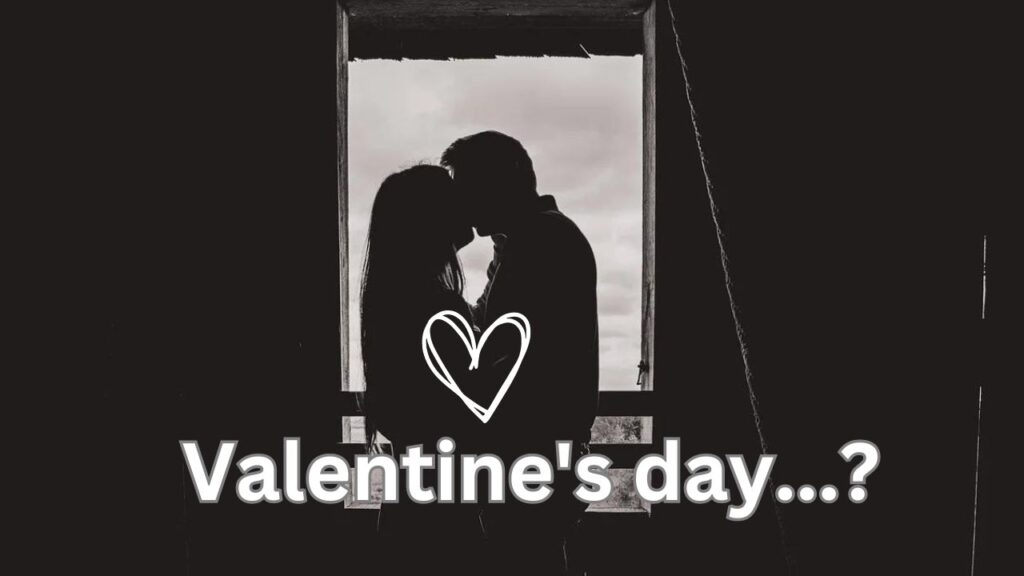
Picture this: February 14th arrives, and the world explodes in a flurry of red roses, chocolates, and heart-shaped balloons. It’s Valentine’s Day, the day dedicated to celebrating love and romance. But beneath the glitz and glamor lies a history as fascinating and tangled as the emotions it represents. Let’s embark on a journey through time, unraveling the mysteries of Valentine’s Day, from its playful pagan roots to its modern-day metamorphosis.
Where Does It All Begin?
The truth is, Valentine’s Day’s origins are shrouded in a bit of a romantic fog. Some historians point towards the ancient Roman festival of Lupercalia, held in mid-February. Imagine a playful, matchmaking event filled with laughter and games, a stark contrast to the Hallmark card image we have today. Another theory links the day to Saint Valentine, or rather, two potential Valentines. One was a priest who defied a love ban, secretly marrying couples. The other, a kind Bishop known for his healing touch. While their stories are intriguing, the true connection to the holiday remains a charming mystery.
From Courtly Love to Paper Hearts
By the Middle Ages, February 14th started to be associated with love, but not the passionate, fiery kind we know. It was more about courtly love, a chivalrous and idealized form of adoration. Fast forward to the 15th century, and the tradition of sending love notes, known as “valentines,” blossomed. These weren’t your average grocery store cards; they were handwritten poems and messages expressing affection and admiration. By the 18th century, commercially produced cards adorned with hearts, doves, and Cupid, the Roman god of love, became all the rage.
Victorian Boom and Modern Makeover
The Victorian era saw Valentine’s Day truly take off. With fancy printing techniques, mass-produced cards featuring sentimental verses and intricate designs became available to everyone. This era also saw the rise of gift-giving, with red roses symbolizing passionate love becoming the star of the show. The 20th century cemented Valentine’s Day as a major commercial holiday. Greeting card companies cashed in, and candy companies like Russell Stover and Whitman’s launched targeted campaigns. Movies and TV shows further romanticized the day, solidifying its association with grand gestures and extravagant expressions of love.
Beyond Romance: A Modern Twist
Today, Valentine’s Day continues to evolve, embracing love in all its forms. Friends, family, and even pets are now included in the celebrations, spreading kindness and appreciation beyond just romantic couples. Movements promoting self-love and celebrating singlehood are gaining traction, offering alternative ways to experience the day.
Love in its Many Forms
As we navigate the 21st century, the history of Valentine’s Day serves as a reminder that love is complex and multifaceted, just like us. While its origins may be a bit murky, the holiday’s evolution reflects our changing social and cultural landscape. Whether you choose to celebrate with a romantic partner, loved ones, or simply enjoy some self-care, remember that the true essence of Valentine’s Day lies in expressing love in all its diverse forms. So, go ahead, send a card, share a thoughtful gift, or simply offer a kind word – after all, every expression of love adds a vibrant thread to the rich tapestry of this historical holiday
